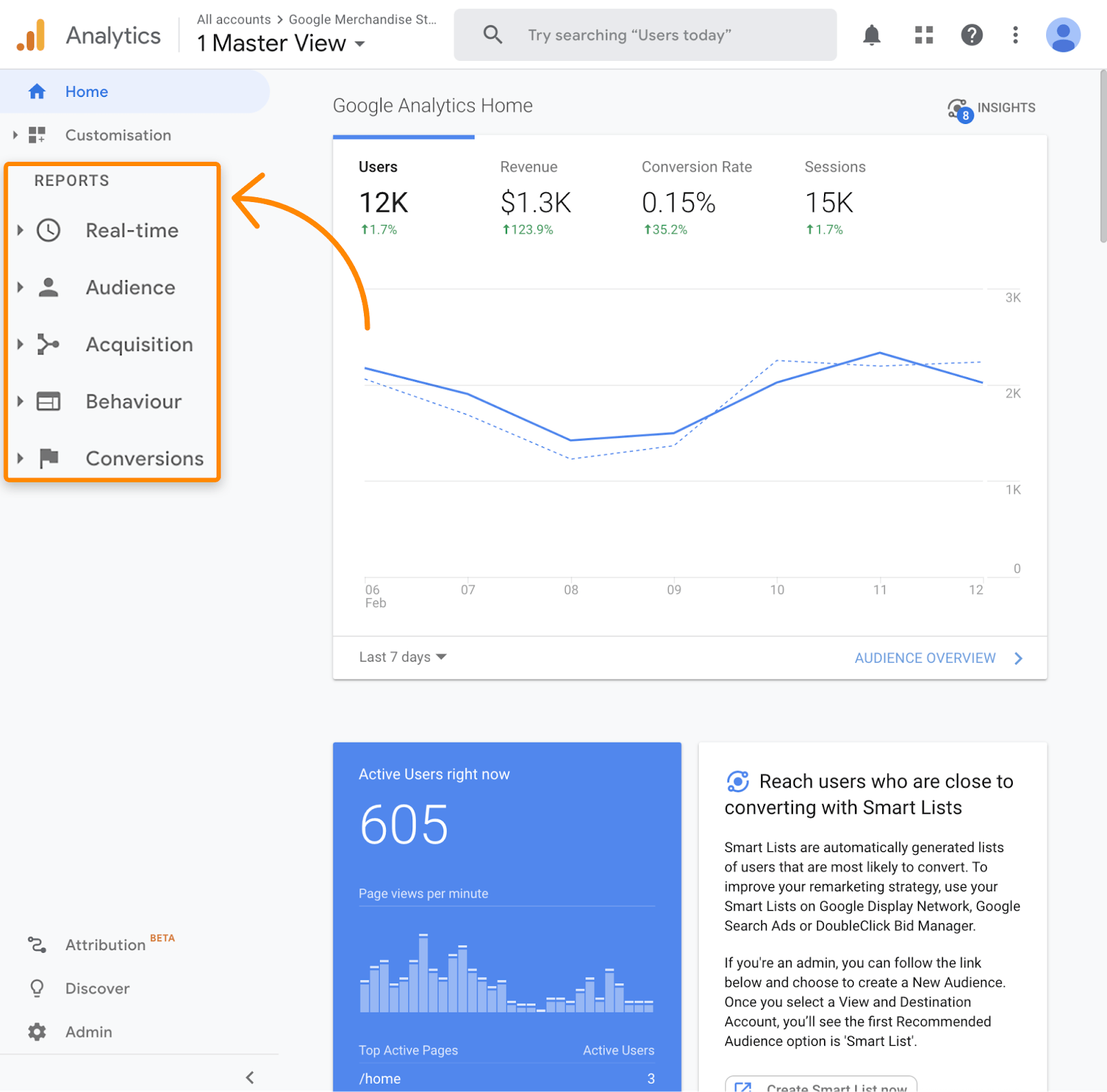Important Guide to Secondary Dimensions in Google Analytics: Definition, Benefits, and Applications
Important Guide to Secondary Dimensions in Google Analytics: Definition, Benefits, and Applications
Blog Article
Utilizing the Power of Second Measurement in Google Analytics to Fine-tune Your Advertising And Marketing Technique and Drive Outcomes
In the world of digital advertising, the capacity to tweak methods and achieve concrete outcomes is paramount for services making every effort to stay affordable in today's landscape. Leveraging the power of secondary measurements within Google Analytics opens up a world of opportunities for marketing experts looking for to get deeper understandings into individual actions and customize their projects with accuracy. By discovering surprise patterns and refining target market division, services can craft targeted approaches that resonate with their consumers on an extensive level. The potential to gauge campaign effectiveness with a granular lens further stresses the value of utilizing this tool to drive success.
Comprehending Additional Measurements
When evaluating information in Google Analytics, comprehending second measurements is essential for acquiring much deeper understandings right into individual behavior and internet site performance. Main measurements give fundamental information such as the number of sessions or individuals, but additional measurements supply a more detailed sight by enabling customers to section and evaluate information additionally. By adding a secondary measurement, online marketers can improve their analysis and reveal important patterns that might have otherwise gone undetected.
Additional dimensions in Google Analytics can be used to various metrics such as website traffic resources, customer demographics, and behavior circulation. For instance, by integrating the main dimension of 'landing pages' with the secondary dimension of 'tool group,' online marketers can identify which devices are driving website traffic to certain touchdown pages. This details can aid optimize website layout and material for better individual experience across various devices
Studying User Actions Patterns
To efficiently comprehend user behavior patterns, a thorough evaluation of information within Google Analytics is important. By delving right into customer habits patterns, marketing experts can get valuable insights into how visitors engage with their web site, which pages are most interesting, and where prospective traffic jams or drop-off points may exist in the conversion channel. Google Analytics uses a series of tools to analyze user behavior, such as actions circulation records, event tracking, and goal funnels.
Actions circulation records supply a graph of how users browse via the site, showing the most common paths users take in addition to where they hand over. Occasion tracking allows marketers to check particular communications on the site, such as switch clicks or video clip sights, giving a much deeper understanding of individual involvement. Objective funnels track the steps users take in the direction of finishing a details objective, highlighting areas for improvement in the conversion process.
Enhancing Target Market Segmentation
Upon evaluating user behavior patterns, marketers can better enhance their methods by improving audience segmentation strategies in Google Analytics. Target market segmentation allows for the categorization of internet site site visitors right into particular groups based upon numerous attributes such as demographics, habits, and passions. By making use of Google Analytics' additional measurements, marketing professionals can fine-tune these sections also additionally to acquire deeper understandings right into their target market's choices and activities.
Enhancing audience division enables marketing experts to produce even more targeted and personalized advertising and marketing campaigns. By determining distinctive user groups, marketing experts can tailor their messaging, content, and provides to much better reverberate with each segment's distinct features and needs. This level of customization can considerably enhance involvement, conversion prices, and overall advertising efficiency.
Furthermore, via enhanced target market division, online marketers can much better comprehend the consumer journey and enhance touchpoints along the path to conversion. By evaluating how various sections connect with the site and advertising channels, marketing professionals can determine possibilities to enhance individual experience, address discomfort factors, and ultimately drive even more conversions. Overall, refining audience segmentation in Google Analytics is an effective method for maximizing advertising and marketing efficiency and driving lasting business growth.
Tailoring Marketing Campaigns
Marketing professionals can maximize their advertising and marketing campaigns by personalizing web content and messaging to great post to read fit the unique features and needs of details target market sectors. Customizing advertising and marketing projects includes producing individualized experiences that resonate with different teams of consumers. By leveraging insights from secondary dimensions in Google Analytics, online marketers can acquire a deeper understanding of their audience's behavior, preferences, and demographics. This data permits for the creation of targeted campaigns that speak straight to the interests and pain factors of certain segments, raising the chance of interaction and conversion.
With the evaluation of secondary dimensions such as web traffic resources, tools used, or geographic place, marketers can fine-tune their messaging to be much more impactful and pertinent. By tailoring advertising projects based on understandings from additional measurements, organizations can make best use of the efficiency of their efforts and inevitably drive better ROI.
Measuring Project Effectiveness

One crucial this article aspect of measuring campaign efficiency is tracking conversions. By establishing up goals in Google Analytics, organizations can monitor particular activities taken by users as an outcome of the campaign, such as authorizing or making a purchase up for an e-newsletter. Comprehending the conversion price and the conversion course can offer beneficial insights right into the performance of different marketing channels and messages.
Moreover, examining metrics such as click-through rates, bounce rates, and session period can aid marketing experts analyze individual engagement and the influence of the campaign on site web traffic. By integrating main metrics with additional measurements in Google Analytics, companies can refine their marketing approaches, maximize project performance, and drive better outcomes.
Verdict
In verdict, using the power of secondary measurements in Google Analytics can supply important insights right into user behavior patterns, enhance audience division, tailor advertising campaigns, and step project effectiveness. By utilizing this attribute efficiently, services can fine-tune their advertising approaches and drive better outcomes. It is crucial for marketers to utilize the information available via secondary dimensions to make informed choices and optimize their projects for optimal effect.

Report this page